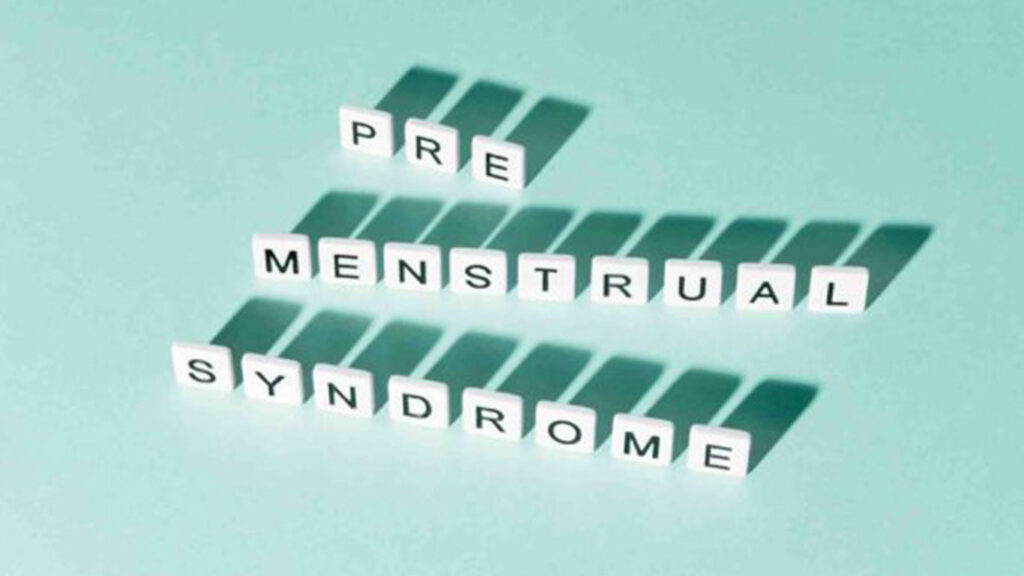PMS, or premenstrual syndrome, is a state experienced by women all over the world. For a long time, PMS was seen as a part of women’s imagination, with the symptoms thought to be all in their heads.
Now however, PMS is accepted within the scientific community to be an actual syndrome. Although the exact mechanism behind this group of symptoms is not well understood, there are many ways available to deal with it.
What is PMS?
Premenstrual syndrome (PMS) refers to a group of physical and psychological symptoms experienced by women before their menstrual cycle begins. PMS occurs a week or two before menstruation, or a woman’s period, and can last for about a week. PMS does not affect women who are pregnant or have gone through menopause.
Symptoms of PMS include headaches, breast tenderness, changes in sex drive, cravings, irritability, mood swings, bloating, acne, nausea and diarrhea, to name a few. These symptoms vary in kind and intensity from woman to woman, but the same person tends to usually experience the same recurring symptoms.
PMDD, or premenstrual dysphoric disorder, is a more serious psychological condition experienced by women before their period. It presents with symptoms that are more severe than PMS [1].
What Causes PMS?
The exact mechanism behind premenstrual syndrome remains unknown, although it is clear that it’s caused by changes in hormonal levels related to the menstrual cycle. The decrease in one particular hormone, progesterone, might be responsible for PMS [2].
PMS symptoms can be triggered or worsened by things like high salt intake, lack of physical activity, caffeine and alcohol consumption as well as stress. PMS is not to be confused with the menstrual amplification effect, which is when preexisting conditions worsen or flare up before or during menstruation. Conditions that can be amplified before or during a period include depression, migraines, epilepsy, eating disorders, substance use and anemia.
How to Deal with PMS
For the severe symptoms of PMS and PMDD, medical attention and treatment might be necessary. However, for the mild symptoms of PMS that are usually experienced by most women, lifestyle and nutrition interventions are enough to bring some relief.
Limiting salt, caffeine and alcohol intake can reduce irritability, psychological tension, bloating and the digestive symptoms associated with PMS .Consuming meals that are high in fiber and eating regularly can also help relieve digestive symptoms and keeps blood sugar levels stable. Keeping physically active and integrating relaxation techniques are all helpful measures that have been shown to bring some relief to women suffering from PMS [3].
The right nutrition is an important part in the management of PMS symptoms. Consuming foods that are high in healthy omega 3 fatty acids and vitamin E can be helpful. These foods include avocadoes, eggs, fatty fish and nuts.
Consuming foods or supplements that are high in vitamins D and B6, magnesium and calcium is also beneficial. It’s mandatory to keep well hydrated, to drink a lot of water, and to load up on fresh vegetable and fruits to benefit from their antioxidant and anti-inflammatory properties.
References:
1: https://pubmed.ncbi.nlm.nih.gov/22010771/
2 : https://www.cochrane.org/CD003415/MENSTR_progesterone-for-premenstrual-syndrome
3 : https://www.ncbi.nlm.nih.gov/books/NBK279264/











